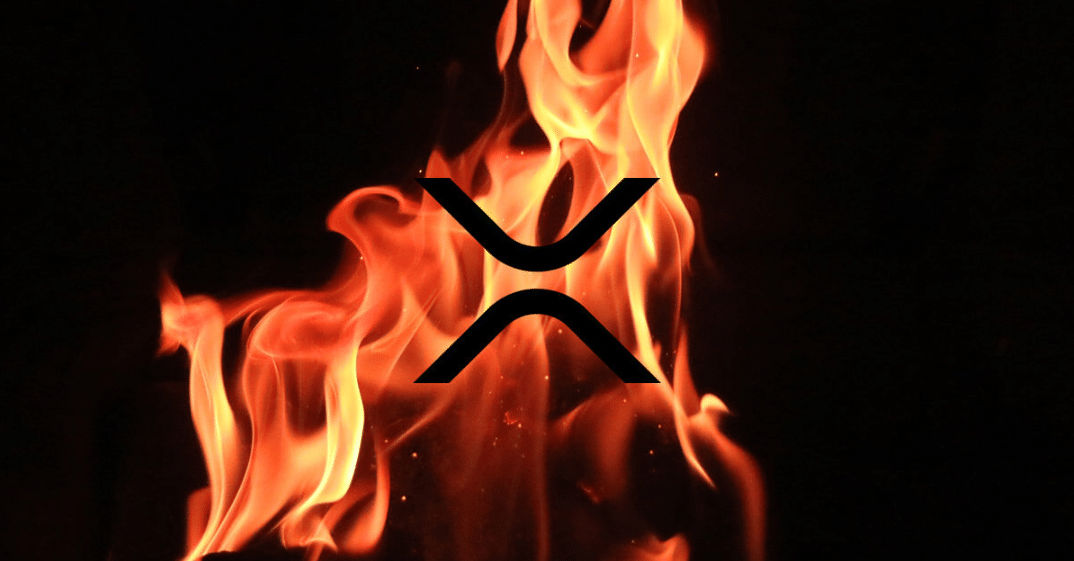The article examines the heated debate sparked by Ripple director Matt Hamilton’s recent comments hinting at the possibility of burning the billions of XRP tokens held in Ripple’s escrow wallets. This suggestion injected fresh uncertainty into Ripple’s ongoing legal battle with the SEC and raised important questions about the fate of these locked XRP reserves.
After Hamilton floated this idea, the XRP community erupted in impassioned discussion. Influential crypto enthusiast Kristin Dack took to social media to voice concerns, arguing that burning tokens equates to destroying wealth for those who invested in XRP. She cautioned people not to support any act that could financially harm XRP holders. Dack also warned of the dangerous precedent of enabling code that could seize and destroy tokens, potentially exposing all XRP investors to decisions that devalue their holdings.
Proponents believe eliminating a substantial portion of Ripple’s massive 39 billion XRP in escrow could benefit holders by constraining supply and boosting XRP’s price. However, critics like Dack highlight the original purpose of the escrow mechanism – to assure that Ripple will not flood the market and will remain committed to developing XRP’s utility. They argue upholding this promise is more important than short-term price gains from reduced supply.
Moreover, some detractors doubt burning tokens would even succeed in raising XRP’s struggling value, given its recent underperformance compared to rivals like itcoin">Bitcoin and the upstart Solana. With XRP already fighting to stay relevant, they argue burning billions may fail to sway market opinion.
The debate rages on, with Ripple executives acknowledging the possibility of burning escrowed XRP if analysis shows it would improve the overall health and adoption of the XRP ecosystem. For now, the risks and rewards of potentially seizing and destroying billions in invested tokens remain a polarizing topic.
#Ripple #XRP #Cryptocurrency #Blockchain





